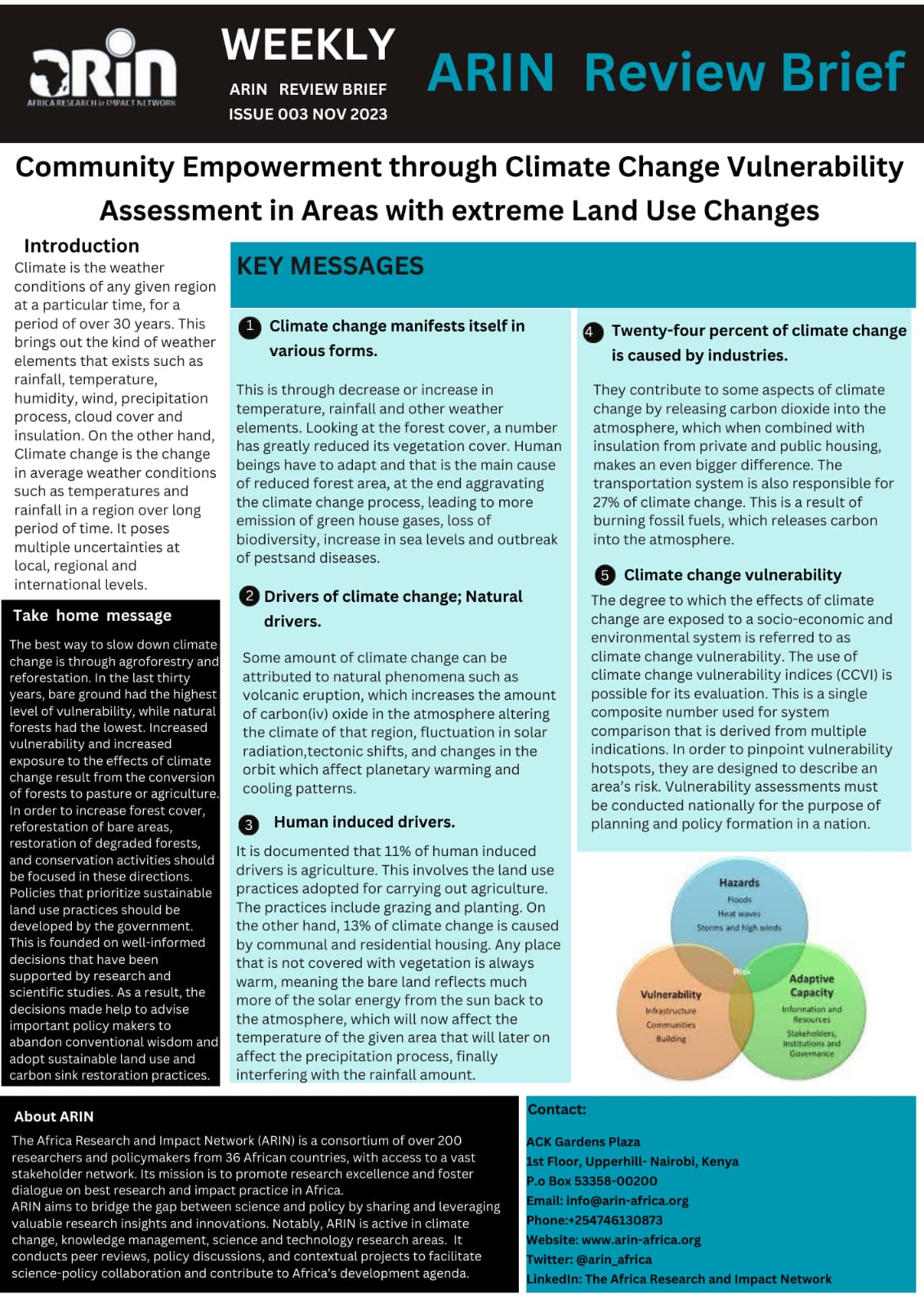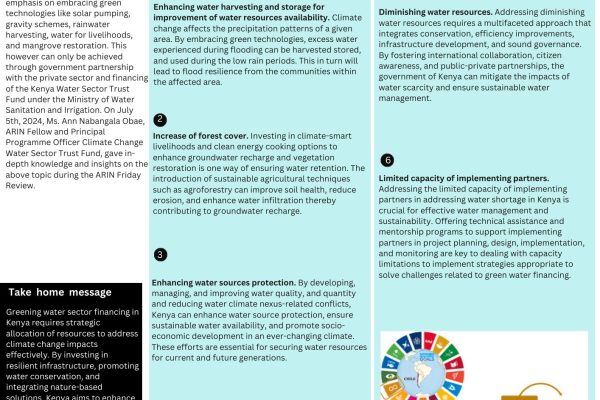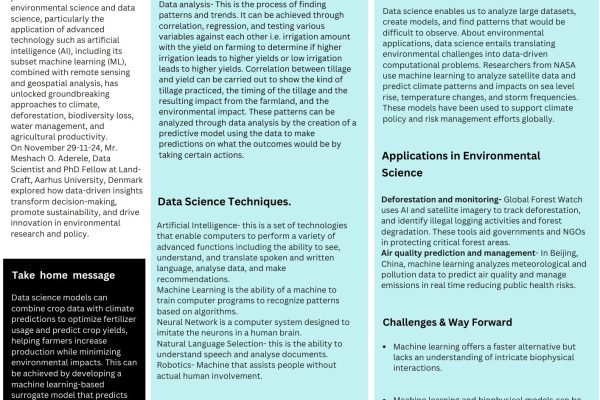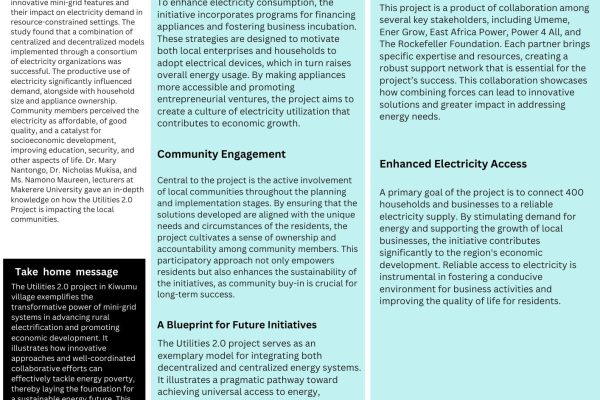Introduction
Climate is the weather conditions of any given region at a particular time, for a period of over 30 years. This brings out the kind of weather elements that exists such as rainfall, temperature, humidity, wind, precipitation process, cloud cover and insulation. On the other hand, Climate change is the change in average weather conditions such as temperatures and rainfall in a region over long period of time. It poses multiple uncertainties at local, regional and international levels.
Key messages
Climate change manifests itself in various forms. This is through decrease or increase in temperature, rainfall and other weather elements. Looking at the forest cover, a number has greatly reduced its vegetation cover. Human beings have to adapt and that is the main cause of reduced forest area, at the end aggravating the climate change process, leading to more emission of green house gases, loss of biodiversity, increase in sea levels and outbreak of pests and diseases.
Drivers of climate change; Natural drivers. Some amount of climate change can be attributed to natural phenomena such as volcanic eruption, which increases the amount of carbon(iv) oxide in the atmosphere altering the climate of that region, fluctuation in solar radiation, tectonic shifts, and changes in the orbit which affect planetary warming and cooling patterns.
Human induced drivers. It is documented that 11% of human induced drivers is agriculture. This involves the land use practices adopted for carrying out agriculture. The practices include grazing and planting. On the other hand, 13% of climate change is caused by communal and residential housing. Any place that is not covered with vegetation is always warm, meaning the bare land reflects much more of the solar energy from the sun back to the atmosphere, which will now affect the temperature of the given area that will later on affect the precipitation process, finally interfering with the rainfall amount.
Twenty-four percent of climate change is caused by industries. They contribute to some aspects of climate change by releasing carbon dioxide into the atmosphere, which when combined with insulation from private and public housing, makes an even bigger difference. The transportation system is also responsible for 27% of climate change. This is a result of burning fossil fuels, which releases carbon into the atmosphere.
Climate change vulnerability. The degree to which the effects of climate change are exposed to a socio-economic and environmental system is referred to as climate change vulnerability. The use of climate change vulnerability indices (CCVI) is possible for its evaluation. This is a single composite number used for system comparison that is derived from multiple indications. In order to pinpoint vulnerability hotspots, they are designed to describe an area’s risk. Vulnerability assessments must be conducted nationally for the purpose of planning and policy formation in a nation.
Way Forward
The best way to slow down climate change is through agroforestry and reforestation. In the last thirty years, bare ground had the highest level of vulnerability, while natural forests had the lowest. Increased vulnerability and increased exposure to the effects of climate change result from the conversion of forests to pasture or agriculture. In order to increase forest cover, reforestation of bare areas, restoration of degraded forests, and conservation activities should be focused in these directions.
Policies that prioritize sustainable land use practices should be developed by the government. This is founded on well-informed decisions that have been supported by research and scientific studies. As a result, the decisions made help to advise important policy makers to abandon conventional wisdom and adopt sustainable land use and carbon sink restoration practices.




